The Bible isn’t just a religious text – it’s a cornerstone of Western literature, art, and philosophical thought. Even people who’ve never cracked open a Bible have internalized narratives that impact their worldviews, often in subtle and surprising ways. Here are some of the most enduring myths that still prevail even in the 21st century.
1. The Forbidden Fruit: Knowledge is dangerous and often comes at a price

The exact fruit in the Garden of Eden is debated, but the story’s power lies in the symbolism, Britannica explains. Adam and Eve’s transgression awakens them to good and evil, to being self-aware, but at the cost of exile from paradise. This echoes through history: think of scientific breakthroughs that also unlock the potential for destruction. It taps into our deep-seated fear that some knowledge might be better left untouched.
You may also like: Evil People: 21 Things They Do & How To Deal With Them
2. The Tempting Serpent: Embodiment of evil, cunning, and the corrupting power of desire
Far from the snakes we know, this is a creature that speaks, manipulates, and embodies the very concept of temptation. The serpent archetype slithers through our culture – seductive villains, the “devil on your shoulder” voice urging you towards self-destructive choices. It represents the dark potential lurking within us all, and the constant battle against our worst impulses.
Don’t miss out – follow Bolde for exclusive content daily
3. Cain and Abel: The original tale of sibling rivalry, jealousy, and violence
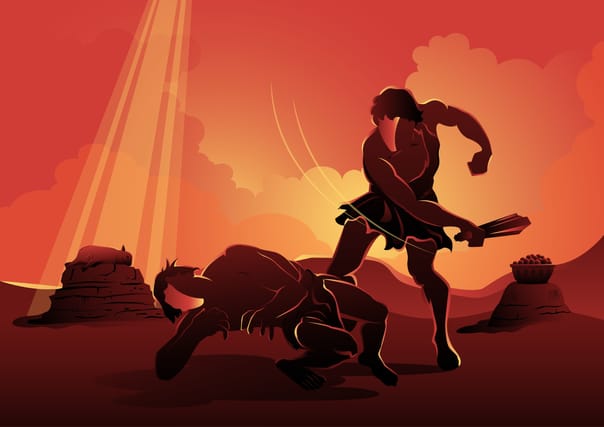
Cain, unable to handle his brother’s favor with God, commits the first murder. This story isn’t just about one act – it’s about mankind’s innate capacity for fratricide, both literal and metaphorical. We see echoes in feuding families, wars rooted in envy, the tragedies born from feeling overshadowed compared to those we see as rivals.
You may also like: Men Who Are Unfulfilled In Life Often Display These 17 Behaviors
4. The Flood: A cleansing of wickedness, but also a reminder of humanity’s fragility

Noah’s Ark is a tale of near-extinction with the promise of starting anew. This theme permeates disaster narratives – apocalypse movies, zombie films, etc. The idea of some cataclysmic force wiping the slate clean holds a dark allure. It speaks to our hope for a fresh start, but also our terror that everything could be swept away in an instant.
Don’t miss out – follow Bolde for exclusive content daily
5. Sodom and Gomorrah: Cities so corrupt they faced divine destruction
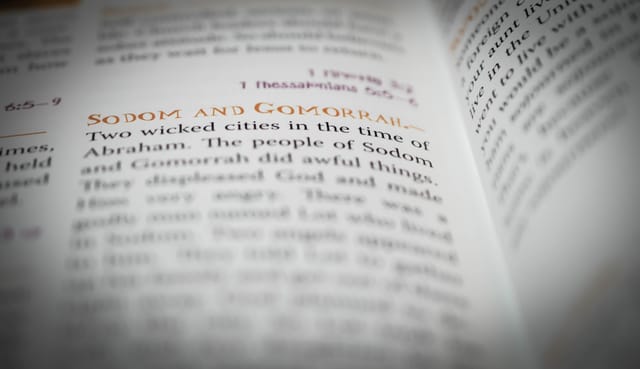
Their exact sins are vague, but have come to represent the worst excesses – often interpreted as sexual deviance. Their obliteration is invoked when condemning places seen as morally bankrupt. This taps into our anxieties about societal decay, that if certain lines are crossed, we risk catastrophic consequences, whether literal or in the breakdown of social order.
You may also like: Habits That Will Make Your Adult Children Cut You Out of Their Lives
6. Doubting Thomas: The skeptic who needs physical proof to believe
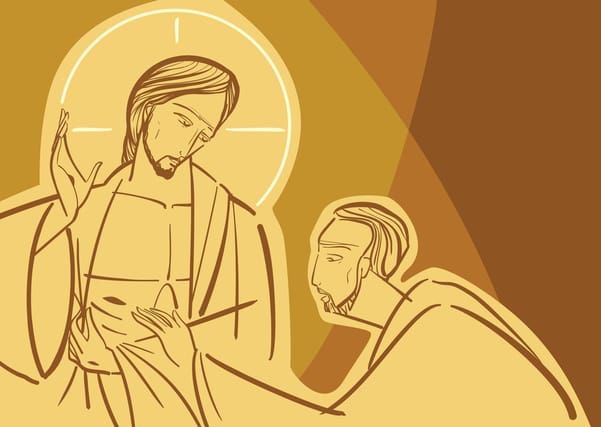
Demanding to touch Jesus’ wounds before accepting the resurrection gives us the phrase “Doubting Thomas.” This represents the universal struggle with faith – wanting concrete evidence for extraordinary claims. It’s a reminder that even amidst the devout, the nagging voice of doubt is a human experience.
Don’t miss out – follow Bolde for exclusive content daily
7. Judas’ Betrayal: The ultimate act of treachery, forever symbolized by a kiss
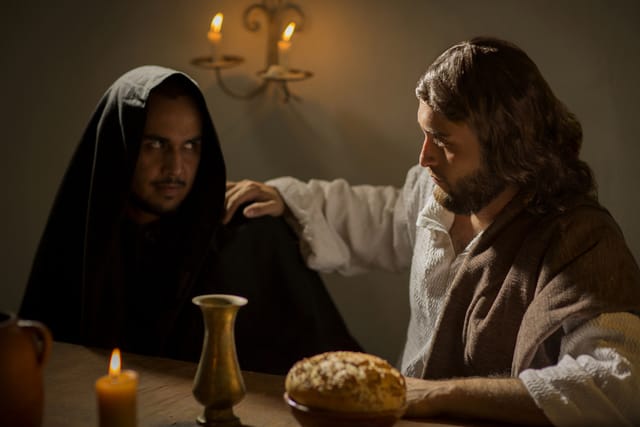
Selling out Jesus for 30 pieces of silver made Judas synonymous with backstabbing. His kiss, a gesture of friendship turned weapon, resonates deeply even today. We can feel its echo when trust is broken by those closest to us – the betrayal cuts far deeper than a stranger’s malicious act.
You may also like: 16 Habits Of People Who Are More Attractive Than They Think
8. Turning the Other Cheek: Embodiment of radical non-violence, even while facing injustice
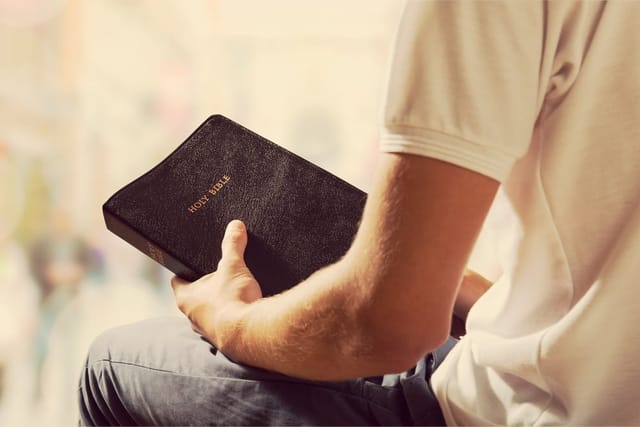
An incredibly complex teaching, often misinterpreted as passivity. It’s more about breaking the cycle of escalating violence, refusing to descend to the level of your abuser. True strength lies in choosing a different path, even when vengeance would be easier. It’s why figures like Gandhi and MLK drew upon the power of this concept.
Don’t miss out – follow Bolde for exclusive content daily
9. The Good Samaritan: Unexpected kindness, challenging prejudice, and helping those in need

Samaritans and Jews were despised by each other, making this parable radical. A man is beaten, ignored by his own people, yet it’s the societal “enemy” who helps him. This challenges our preconceived ideas of who is worthy of compassion. It reminds us that goodness transcends religion, race, or social divides, and the helping hand may come from an unexpected direction.
You may also like: 19 Stereotypes About The South That Are Totally Untrue
10. David and Goliath: The underdog victory, triumph over impossible odds
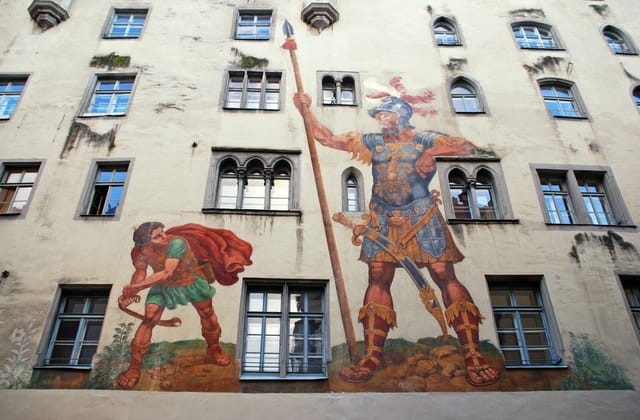
A simple shepherd boy takes down a giant warrior. It’s the classic formula for inspiring tales: the little guy standing up to seemingly insurmountable power. This fuels our love of sports upsets, ragtag groups of rebels defeating empires in sci-fi…it taps into that primal craving for justice, and the hope that even the mightiest foe can fall, TED explains.
Don’t miss out – follow Bolde for exclusive content daily
11. Job’s Trials: Unflinching faith in the face of immense suffering and loss

Despite losing everything, Job never curses God. This isn’t about blind obedience, but grappling with profound existential questions – why do the righteous suffer, and can faith endure when life is unbearably cruel? We may not share Job’s beliefs, but the questions themselves are universal when tragedy strikes.
You may also like: Things You Should Never Say To Someone You Love
12. Prodigal Son: Forgiveness and redemption after straying down the wrong path
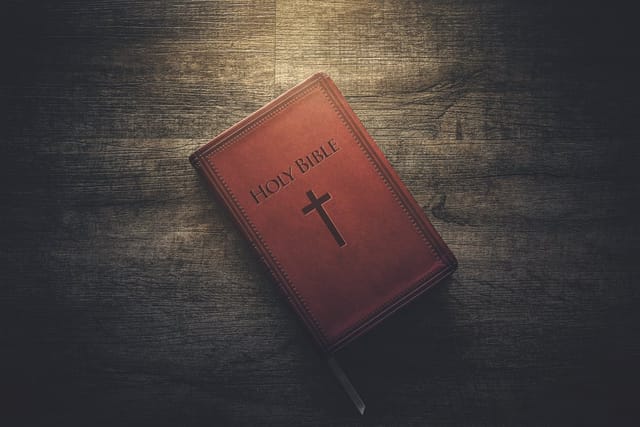
A son squanders his inheritance, hits rock bottom, yet returns to a father who welcomes him with open arms. It’s not about excusing bad behavior, but the heart-wrenching joy of reconciliation. It reminds us that second chances are possible, that change and redemption are always on the horizon, even for those who have lost their way.
Don’t miss out – follow Bolde for exclusive content daily
13. Mary Magdalene: The reformed sinner, challenging the “fallen woman” trope
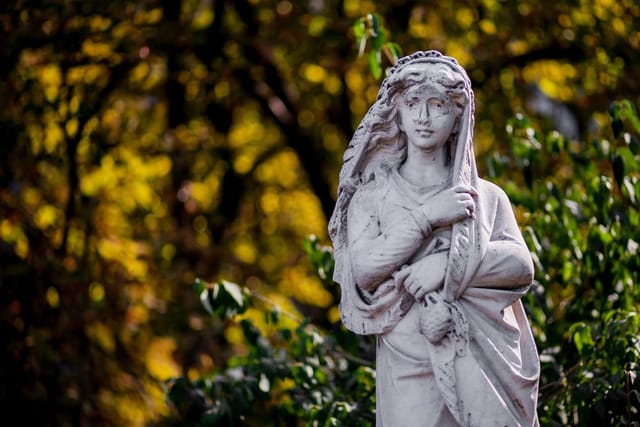
Often wrongly labeled a prostitute, the bigger myth lies in her transformation. Her fierce devotion to Jesus paints a picture of a strong woman, not defined by her past mistakes. It hints towards redemption offered beyond societal labels, a powerful concept even in a secularized context.
You may also like: Reasons Your Adult Children Want Nothing To Do With You
14. Apocalypse: The end times, catastrophic battle between good and evil

The Book of Revelation is filled with bizarre imagery, but it taps into our fascination with destruction. Zombie films, fascination with doomsday, etc. aren’t necessarily rooted in Christian beliefs, but the idea of a dramatic ending, an ultimate fight for survival – that’s a narrative we constantly retell in various forms.
Don’t miss out – follow Bolde for exclusive content daily
15. Heaven and Hell: Ultimate reward vs. eternal punishment
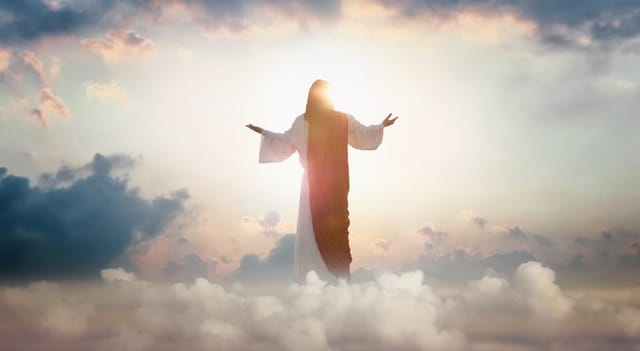
While concepts have shifted over time, the core duality remains potent. It reflects our fear of our darkest selves, the worry that bad deeds will have eternal repercussions, but also the yearning for an ultimate paradise where pain no longer exists. It shapes how we view morality, even without subscribing to literal interpretations of the afterlife.
You may also like: People Who Had Unhappy Childhoods Usually Develop These Traits
16. The Devil: Not just red with horns, but the embodiment of temptation & the battle for our souls
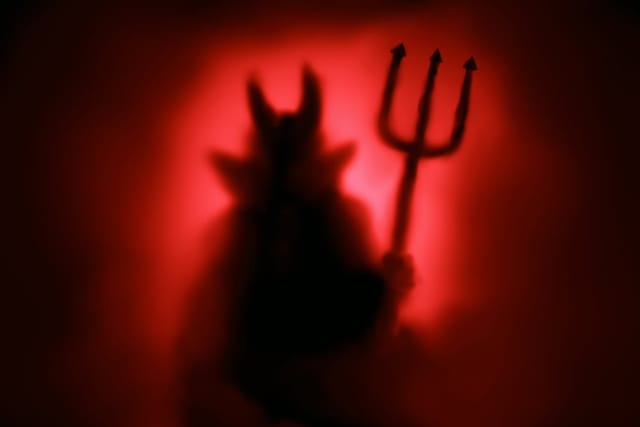
From Faustian pacts to the “devil made me do it” defense, this figure is shorthand for all our worst impulses. He represents the seductiveness of evil, not through force, but by appealing to our desires, promising immediate gratification at a hidden cost. It’s a reminder of our own capacity to choose between the easy path and our higher moral values.
Don’t miss out – follow Bolde for exclusive content daily
17. Walking on Water: Defying the laws of nature, a symbol of faith’s power over doubt

Peter’s faltering steps as he walks towards Jesus highlight human weakness, but also the possibility of achieving the seemingly impossible with unwavering belief. Even secularly, it represents overcoming the odds, a reminder that what the mind dismisses as unrealistic might be achievable with a less fearful approach.
You may also like: How A Narcissist Acts When You Start Seeing Through Their BS
18. Loaves and Fishes: Miraculous abundance, the idea that even from humble beginnings, great things can grow
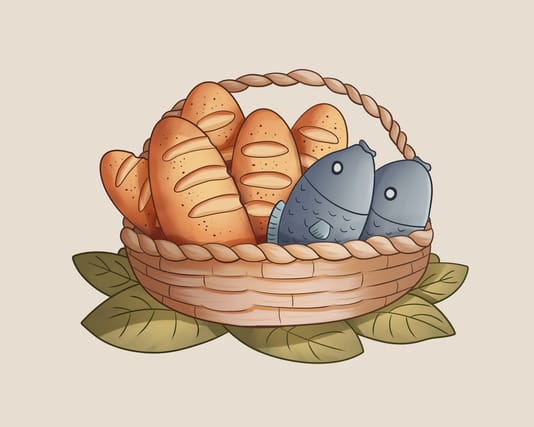
One boy’s small lunch feeding thousands represents more than a divine power. It’s about the transformative potential of shared resources, of even small contributions adding up to something bigger than the sum of their parts. It fuels the dream of grassroots movements accomplishing what seems impossible against powerful institutions.
Don’t miss out – follow Bolde for exclusive content daily
19. The Golden Calf: The seduction of materialism, forsaking deeper values for immediate, shallow desires
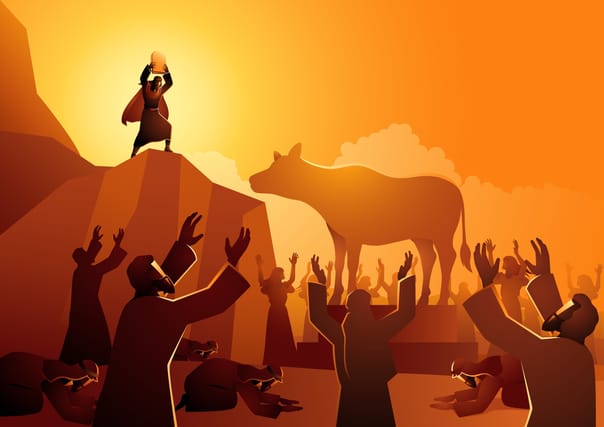
While Moses is receiving the Ten Commandments, the people grow restless and forge an idol of gold. It’s a timeless cautionary tale – we see it in our obsession with wealth, status symbols, and placing external possessions over personal integrity or spiritual fulfillment.
You may also like: 15 Things To Keep To Yourself Because They’re Nobody’s Business But Yours
20. The Tower of Babel: Human hubris and the inevitable dangers of overreaching ambition

Attempting to build a tower to reach the heavens angered God, who splintered their language, making cooperation impossible. It’s about the limits of human power – unchecked ego leads to our own undoing. It reminds us that striving is good, but arrogance and losing sight of the bigger picture often end in catastrophic failure.
Enjoy this piece? Give it a like and follow Bolde on MSN for more!




